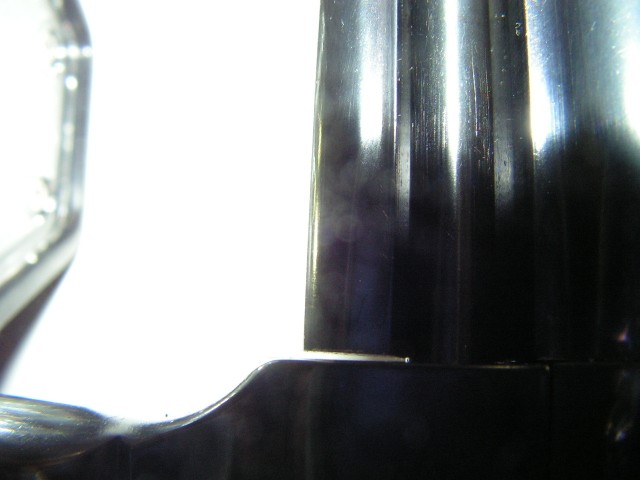One factor affecting revolver accuracy is chamber alignment with barrel. Range rods are used to check this. The rod is inserted into the barrel, and if it slides down into each chamber, then alignment is considered good. Two types exist. One for service revolvers and another for target guns. Correcting misalignment can be a complicated procedure. Bullseye shooters would carefully test fire to determine if one chamber produced a flyer. If so, then it was not used.
After examining a large number of newer Smiths, I have seen many J frames that were good specimens. For some reason, I have seen fewer larger frame Smiths that were set up correctly. Sample size does not permit my making a valid generalization but has given me personal bias. I have studied S&W revolver gun smithing for 50 years and did learn from many factory trained armorers. These days, when I have called the factory, I have been dismayed at the ignorance of the employees I talked with. I would buy a Ruger revolver and not one of the larger Smith guns.



 Reply With Quote
Reply With Quote



